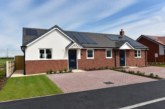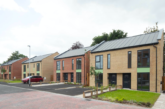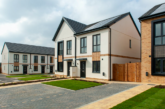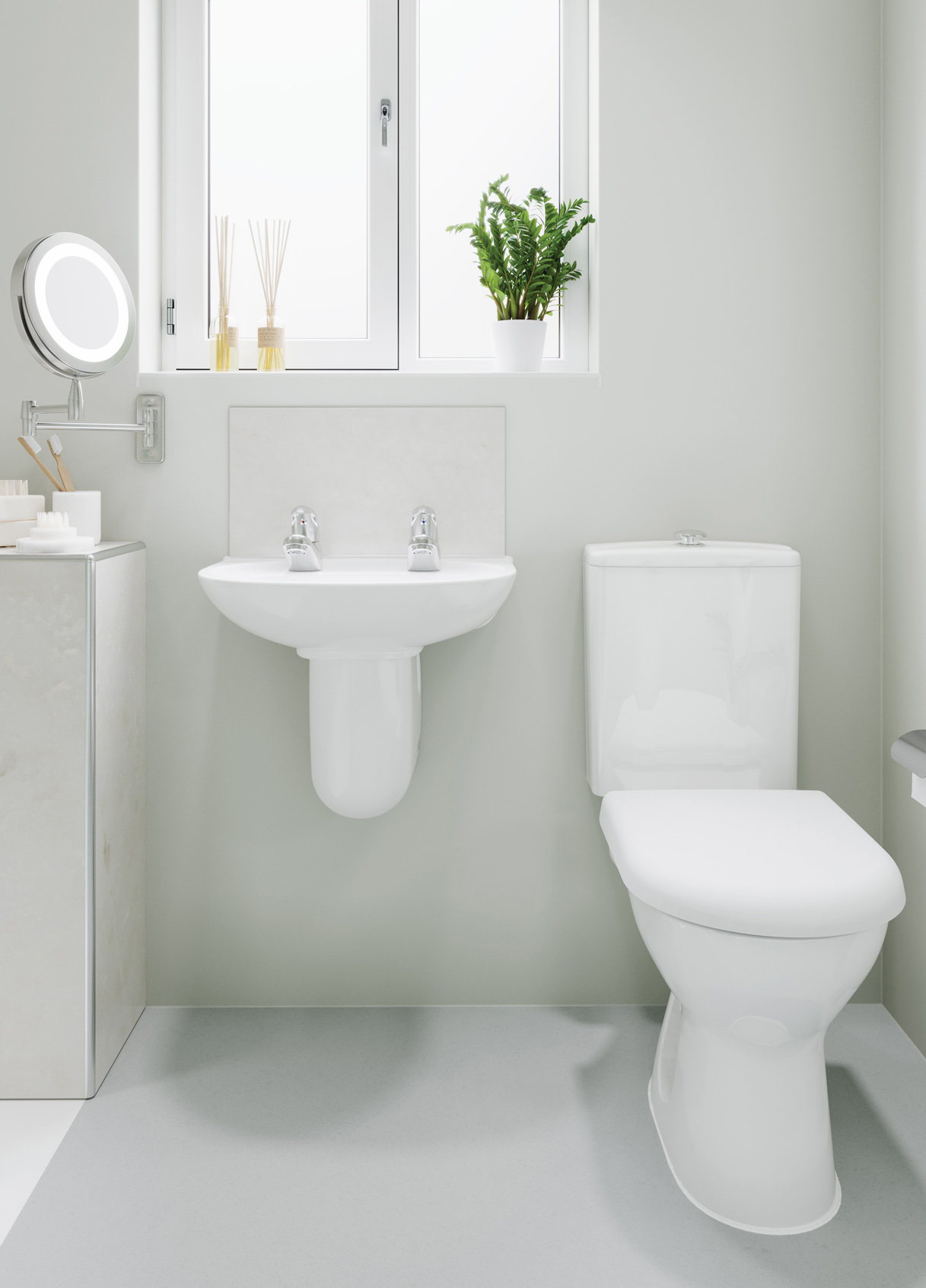
When it comes to tenant bathrooms, functionality, maintenance and cost have traditionally driven product choice. However, Stuart Reynolds, UK Marketing & Product Management Director at AKW, a leading provider of inclusive solutions, is seeing the life-time cost of the adapted bathroom installation becoming more important, as tenants look to manage rising household bills. This is also driving change in inclusive sanitaryware and shower design.
Housing associations are increasingly looking at creative ways to help tenants with their bills; from reducing the rent of tenants living in less energy-efficient homes to employing specialist energy officers (1). A significant amount of energy is required to collect, treat, and supply clean water, and with water bills hitting the headlines — as England and Wales see the largest rises to their water bills in almost 20 years (2) — water conservation makes both environmental and financial sense.
As a well-known supermarket is renowned for saying ‘every little helps’, and by using inclusive sanitaryware and showers that have been designed to promote water- and energy-saving, the long-term savings ultimately benefit tenant bills.
Cost-effective over the long-term
Delivering tenant bathrooms that promote inclusivity over the long-term has been on the agenda for many housing managers for some time now. Back in 2021, the team at AKW interviewed a range of housing association managers to ask them what their biggest needs were when it came to inclusive tenant bathrooms. Not surprisingly, ‘easy to keep clean’ and ‘low in maintenance’ were high up the list, along with ‘long-lasting’ and ‘contemporary looking’.
There was also demand mentioned by all of them for bathrooms that were ‘as future-proof as possible’. Although ‘future-proof’ in this instance referred to a bathroom that could accommodate a tenant’s present and future physical needs, there is also a growing argument for energy and water efficiency to be included as part of this ‘future-proof’ equation.
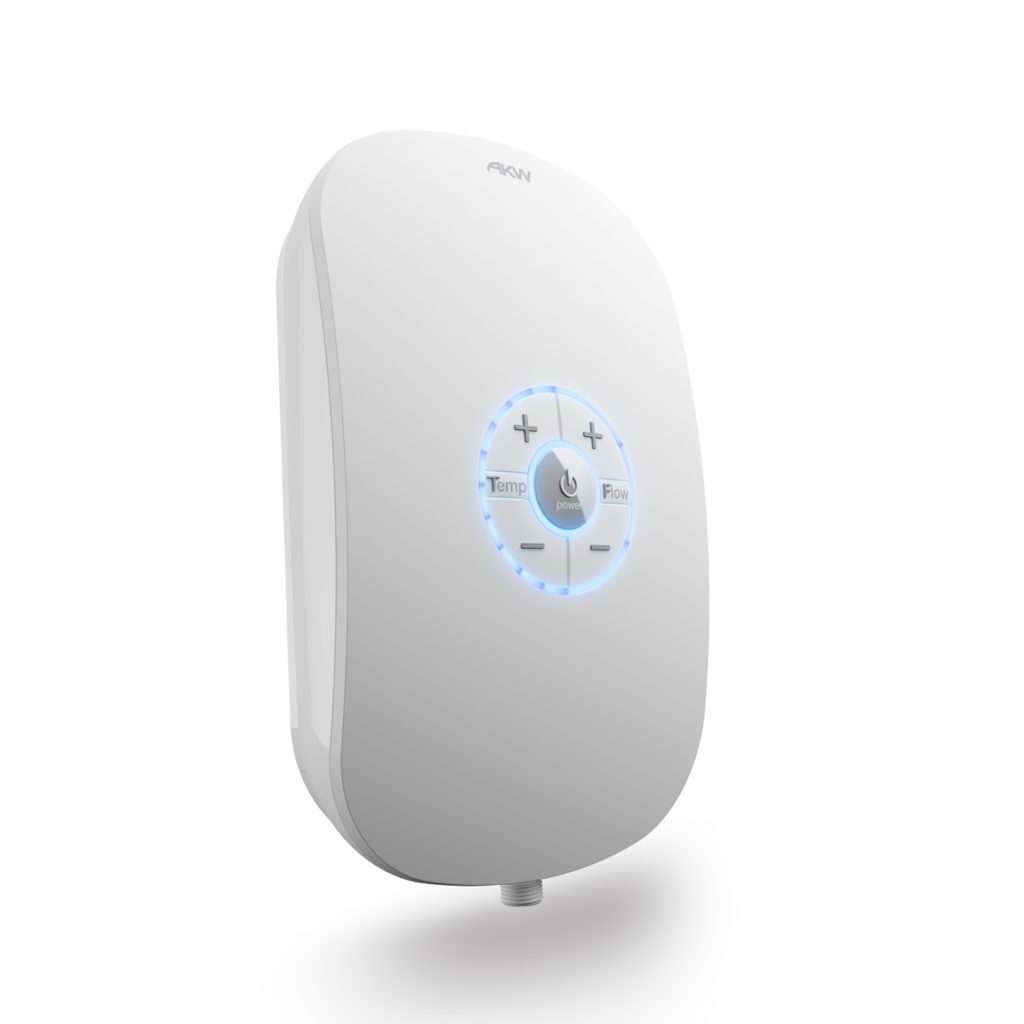
Bathroom design and water saving
Showers — Showers are an obvious place to start when it comes to energy- and water-savings in inclusive bathrooms. Replacing a bath with a shower uses less
water in an inclusive bathroom adaptation. However, according to Waterwise, the average showerhead still uses 12 litres of water per minute (with power showers using around 15 litres). If the average shower is 10 minutes long — that’s up to 150 litres of water with every shower (3). Cutting a 10-minute shower to four minutes can save up to 90 litres of water per shower (4). However, for those who find showering difficult due to mobility issues, speeding up a shower isn’t always possible, so installing a reduced or variable flow electric unit that has different flow options makes sense.
Reduced and variable flow electric showers are just as quick to install as standard showers yet can be more cost-effective in terms of the water saved over the shower’s lifespan. AKW’s SmartCare Plus care shower has been designed with flow rate in mind, and the flow can be adjusted via audible and illuminated indicators, making it easy to use, even for those with visual impairments. It also has automatic shut off after 30 minutes in case the user forgets to turn off the water.
Toilets — When it comes to inclusive bathroom design and toileting the 3/6 litre toilet flush is well known for promoting water efficiency. However, the small push button mechanism can be difficult for those with mobility issues to operate. That is why AKW has designed its Livenza Plus toilet range to include a 3/6 litre lever and raised push button flush mechanism option, allowing users to choose based on their mobility needs.
Also, more housing associations are encouraging the use of toilet cistern displacement devices in their housing stock, as these can save up to 5,000 litres of water per year per toilet (5). A final point worth noting when it comes to water saving is that although it might seem counter-intuitive, it takes more water to manufacture toilet paper than it does to operate an efficient bidet. So, for those tenants who need a bidet, such as AKW’s non-permanent Side-Entry Bidet solution, there are additional environmental benefits from their use.
Wash basins — It sounds obvious but the deeper the wash basin, the more the user is tempted to fill it. Over the years wash basins have been redesigned to be more practical to use for those with mobility issues, whilst also keeping an eye on water usage. For example, AKW’s Livenza Plus basins not only have wheelchair friendly semi pedestals, but the smaller wash basin in the range offers 62% less volume than the largest one, allowing for significant water saving potential.
Sanitaryware and shower design is evolving to suit today’s needs. Contemporary and water-efficient designs are on the rise, so is it time to make sure that your new or refurbished inclusive bathrooms meet tenant’s financial as well as functional needs.
You can download a copy AKW’s latest water and energy cost saving guide here.
1. https://www.insidehousing.co.uk/insight/insight/energy-crisis-what-housing-associations-are-doing-to-help-tenants-and-staff-78058
2. https://news.sky.com/story/water-bills-in-englandand-wales-to-rise-by-the-most-in-almost-20-years-12801171
3. Waterwise.org.uk, August 2022
4. Waterwise.org.uk, August 2022
5. South Staff Water Report, Water use in Your Home
Header image: AKW’s Livenza Plus basins feature wheelchair friendly semi pedestals.



